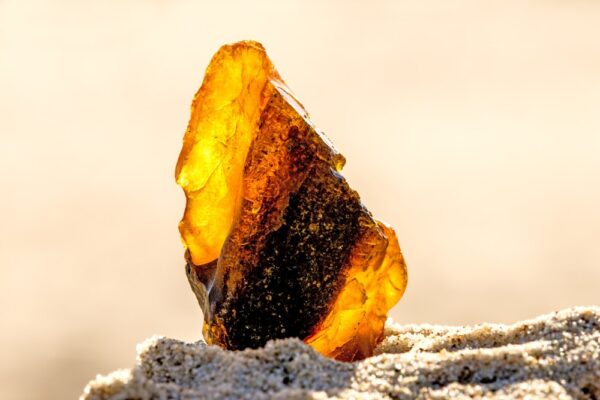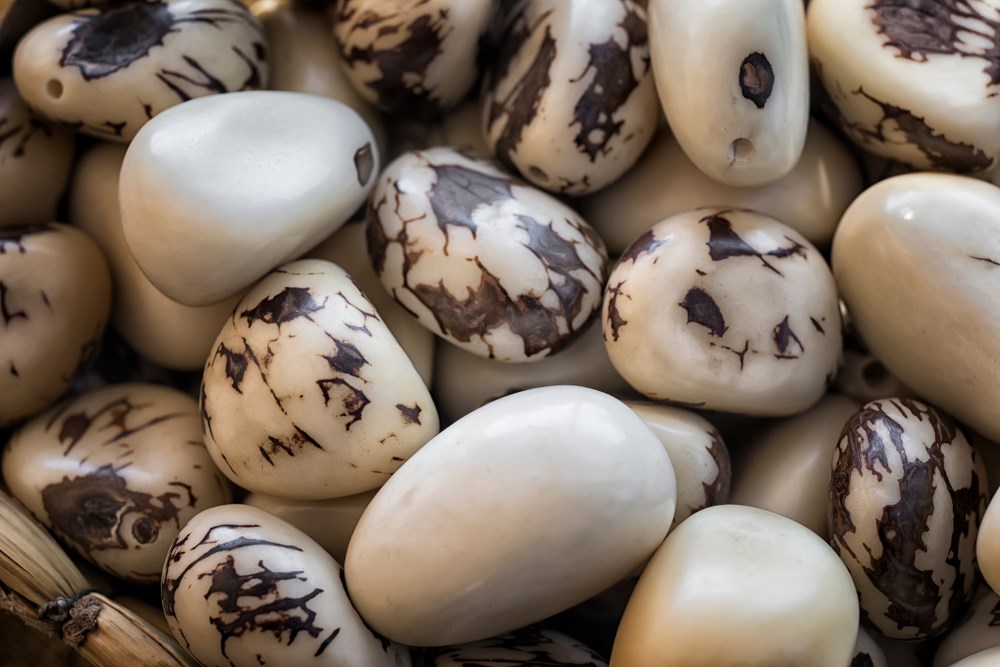
Tie-dye, an ancient fabric painting technique
ie-dye is a term used both to describe a range of resist dyeing techniques and the products resulting from these processes. The dyeing process usually involves folding, twisting, pleating or creasing a fabric or garment, before binding with thread or elastic, followed by the application of one or more dyes.
More sophisticated techniques may involve more steps, including several dyeing steps in sequence, and the use of other types of resist (stitching or stencilling).
Unlike normal resist dyeing techniques, modern tie-dye is characterised by the use of bright, saturated primary colours and the use of bold patterns. These motifs, such as the spiral, mandala and peace sign, and the use of multiple bright colours, became popular after the height of tie-dye’s popularity in the United States in the 1960s and 1970s.

In the 21st century, a renewed interest in more “sophisticated” dyeing techniques has emerged in the fashion industry, characterised by simple patterns, monochromatic colour combinations, a focus on fashion garments and fabrics other than cotton, and the pursuit of dyeing as an art form rather than a commodity.
Fibre-reactive dyes, a class of dyes that act on cellulosic fibres such as cotton, hemp, rayon and linen, are now being used. This class of dyes reacts with fibres at alkaline (high) pH, forming a permanent, wash-resistant bond.
Designs and motifs
Dyeing can be used to create a wide variety of designs on fabric, from standard designs such as spiral, circle, diamond and marble effect to beautiful works of art. Using techniques such as stencilling (as in screen printing with dyes or discharge pastes), moulded blocks attached with clamps and tritik (stitching and crimping), dyeing can produce almost any design desired.
The earliest examples
The earliest examples of tie-dye in the Far East date back to Sui Dynasty China (5th century AD), while the earliest surviving pre-Columbian examples in Peru date from 500-810 AD. The designs include small circles and lines, with bright colours such as red, yellow, blue and green.

Asia
Shibori is a form of dyeing that originated in Japan, where it has been practised since the 8th century. Shibori involves various working techniques including sewing elaborate patterns and tightly assembling the stitches before dyeing, forming intricate designs for kimonos, obi and other accessories and garments. Another shibori method involves wrapping the cloth around a core of rope, wood or other material and tying it tightly with string or thread. The areas of the fabric against the core or under the binding remain undyed.
Indonesia
Especially in Java, the best known dyeing technique is jumputan – or plangi / tritik: Indonesian terms derived from Javanese words indicating methods related to dyeing, which can be combined with other techniques, such as batik jumputan, which is combined with wax dyeing.
Mudmee tie-dye originates from Thailand and neighbouring Laos. It uses different shapes and colours than other types of tie-dye and the colours are generally more muted. Another difference is that the basic colour is black.
In the 1941 book “Orphans of the Pacific”, about the Philippines, we read: “There are several thousand Bagobos, who wear very ornate clothes made of hemp fibres, all tied and dyed with extravagant patterns, and who also adorn themselves with large metal discs”.

Africa
Loop-dyeing techniques have also been used for centuries in the Hausa region of West Africa, thanks to the famous indigo wells of Kano (Nigeria). The garments are then richly embroidered with traditional motifs.



